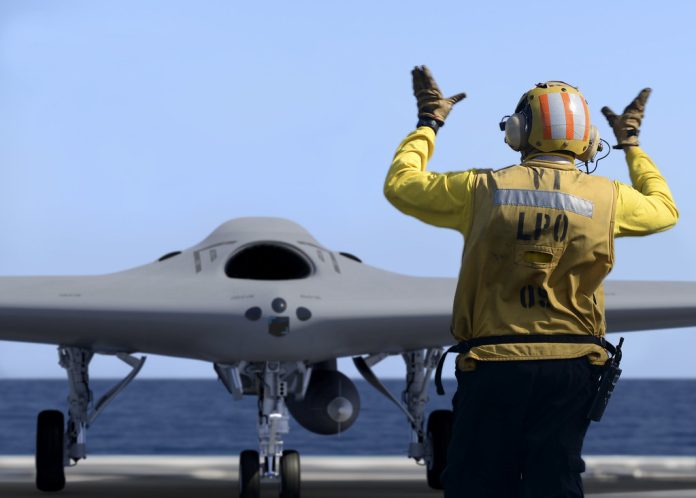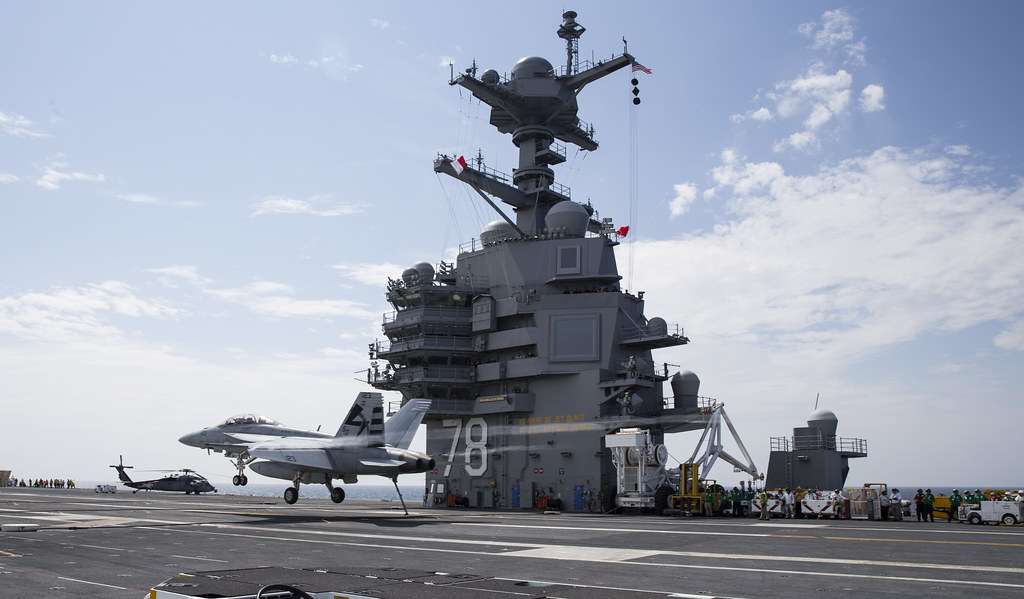
Boeing has achieved a remarkable advancement in naval aviation technology, showcasing its Manned-Unmanned Teaming (MUM-T) capabilities in a simulated test environment, which has significant implications for the U.S. Navy’s aerial operations.
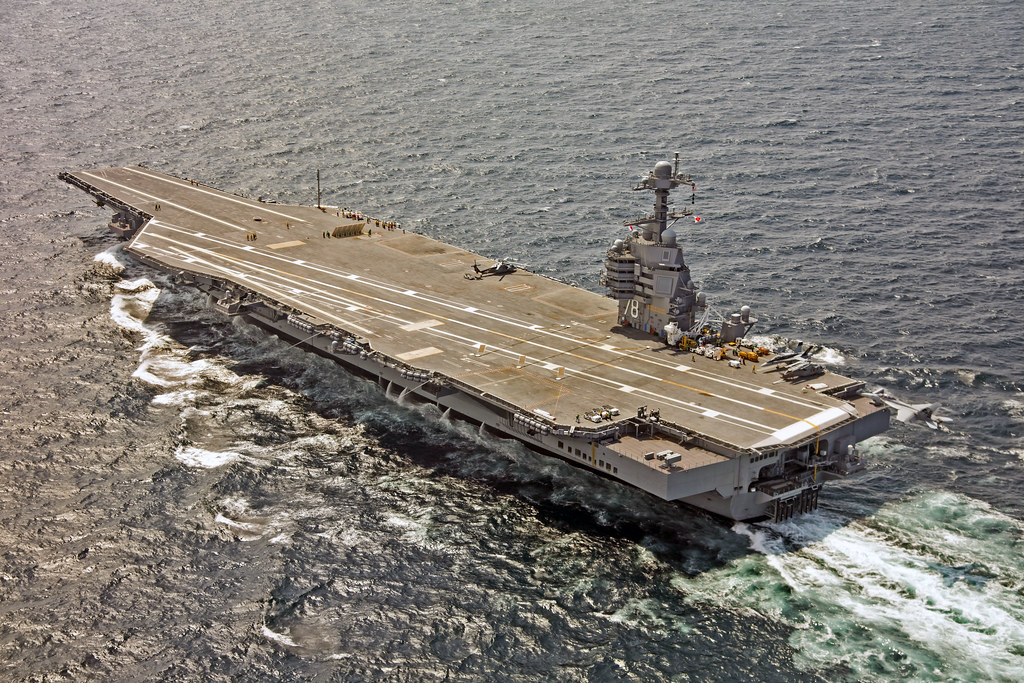
This advancement saw a pilot of an F/A-18 Super Hornet remotely command an MQ-25 Stingray Unmanned Aerial System (UAS) to perform aerial refueling, signaling a seismic shift in the integration of manned and unmanned aircraft within naval operations.

The test, which involved the F/A-18 pilot sending commands to the MQ-25 to release a refueling drogue, represents a major step forward in aerial refueling technology.
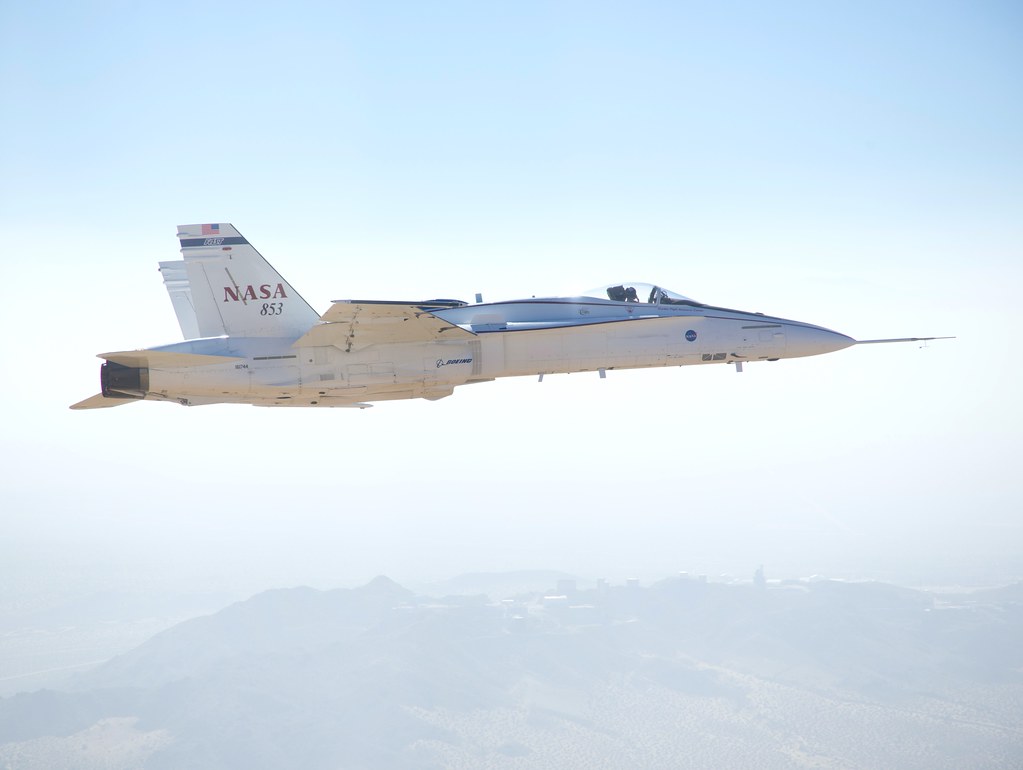
Juan Cajigas, Director of the Advanced MQ-25 program at Boeing, described aerial refueling as akin to a “ballet as two airplanes come together,” emphasizing the precision and coordination required.
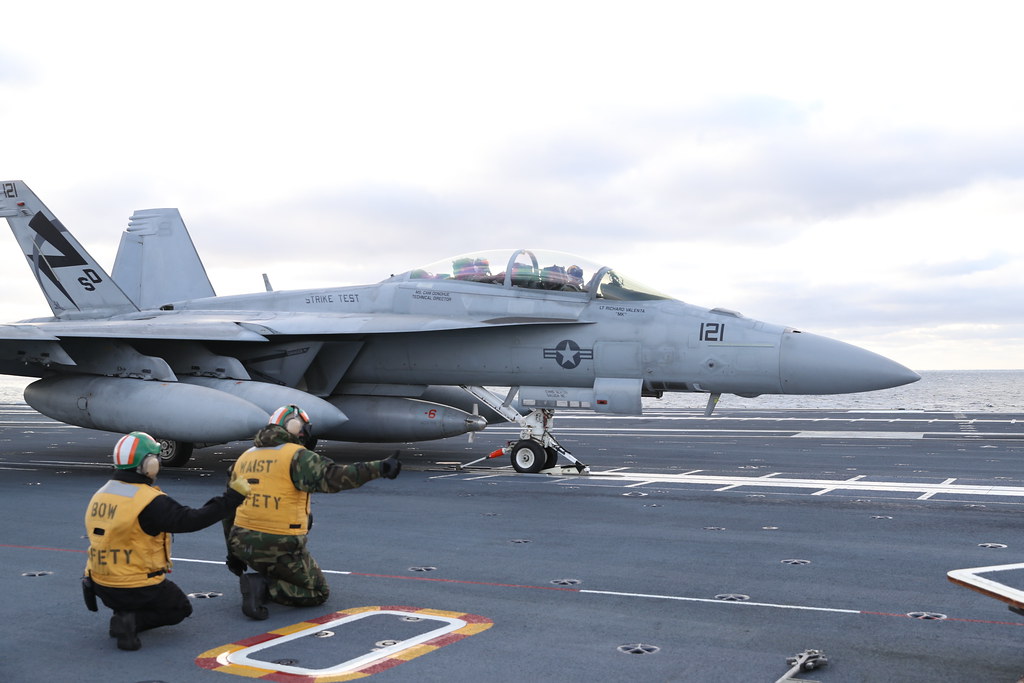
Cajigas highlighted the significance of this technology, stating, “To be able to direct the activities via a single pilot, safely and efficiently, is a major step forward.”
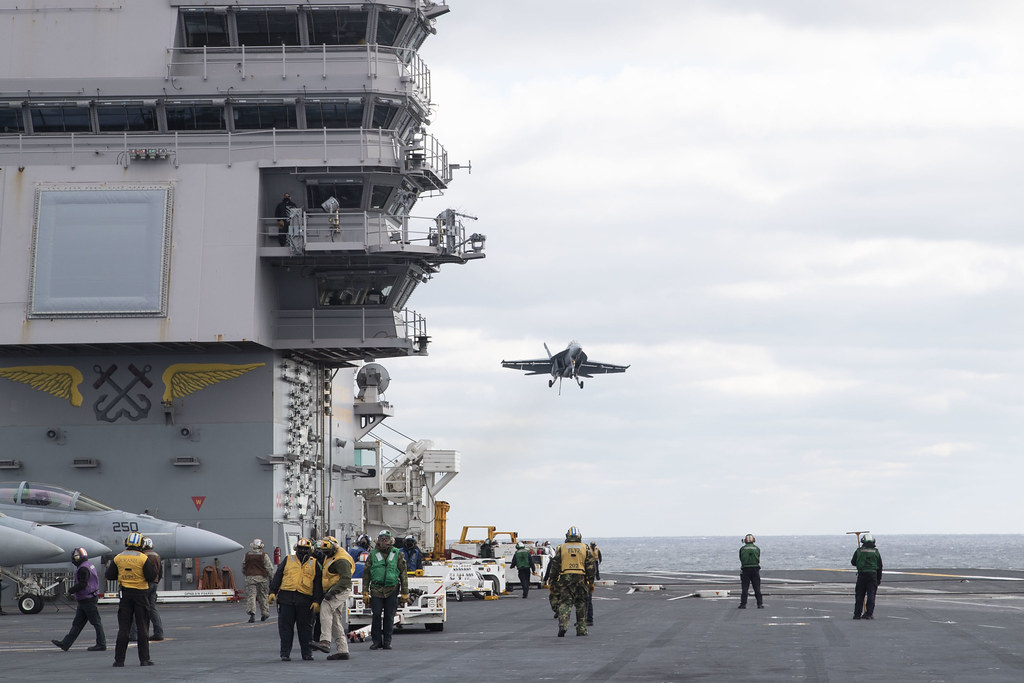
This technology not only promises to increase the efficiency of communication between the aircraft but also opens the door to safer and more flexible refueling operations, particularly over extended distances.
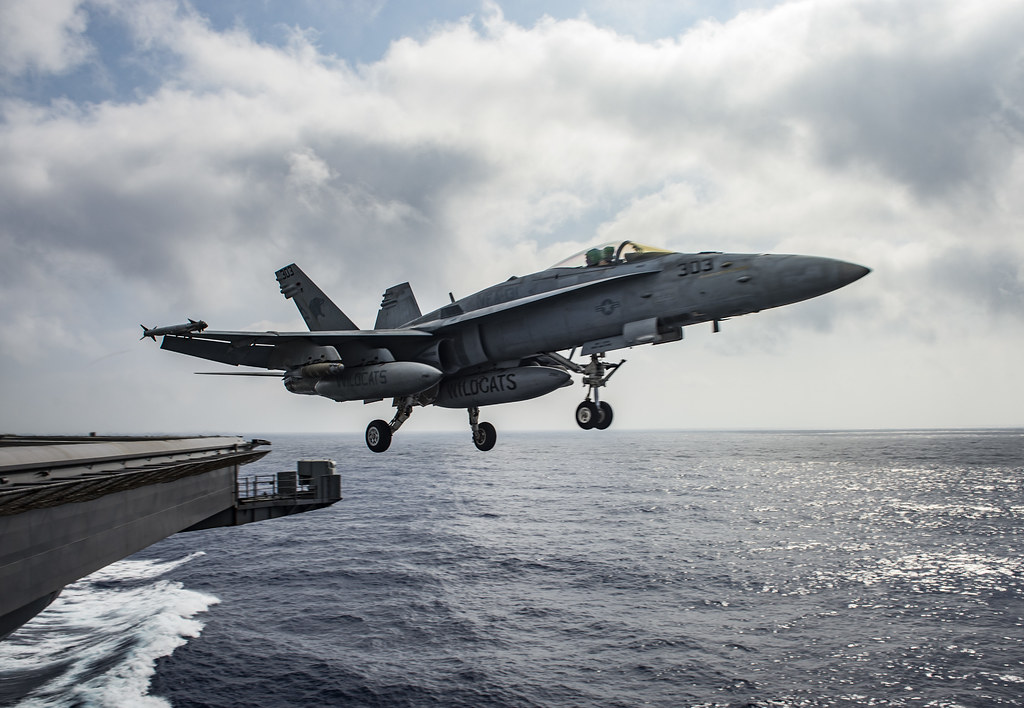
Alex Ewing, F/A-18 New Product Development lead at Boeing, emphasized the advantages, saying, “This software will add a second option, enabling pilots to initiate commands right from their cockpit.”
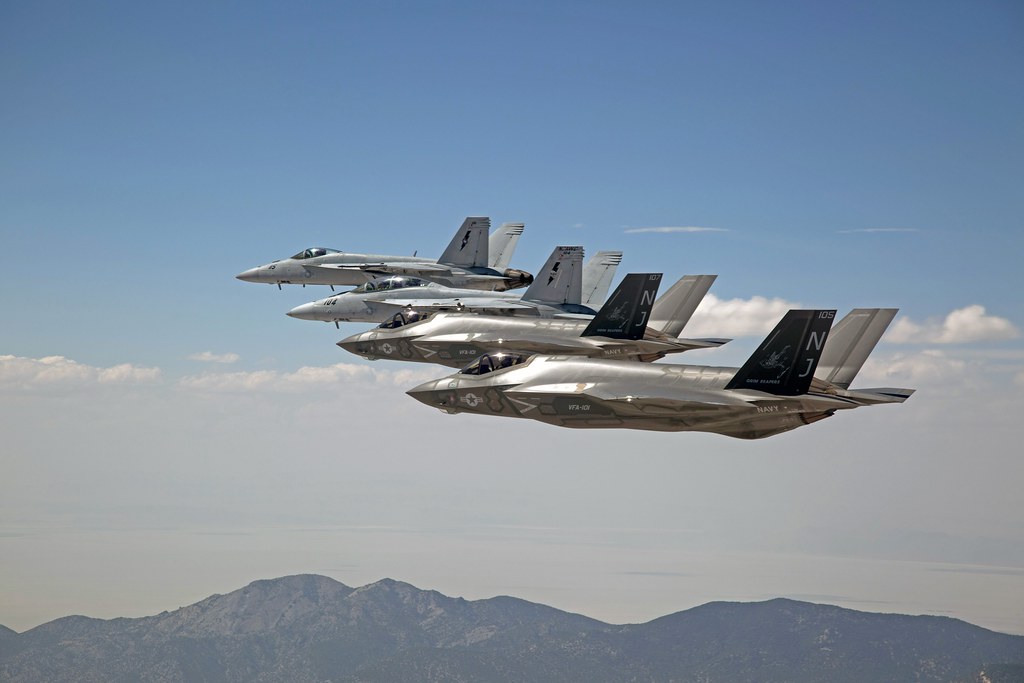
The MQ-25 Stingray itself is an aerial refueling drone born from the Carrier-Based Aerial-Refueling System (CBARS) program, a response to the U.S. Navy’s demand for an unmanned vehicle capable of providing on-demand refueling support to carrier strike groups.
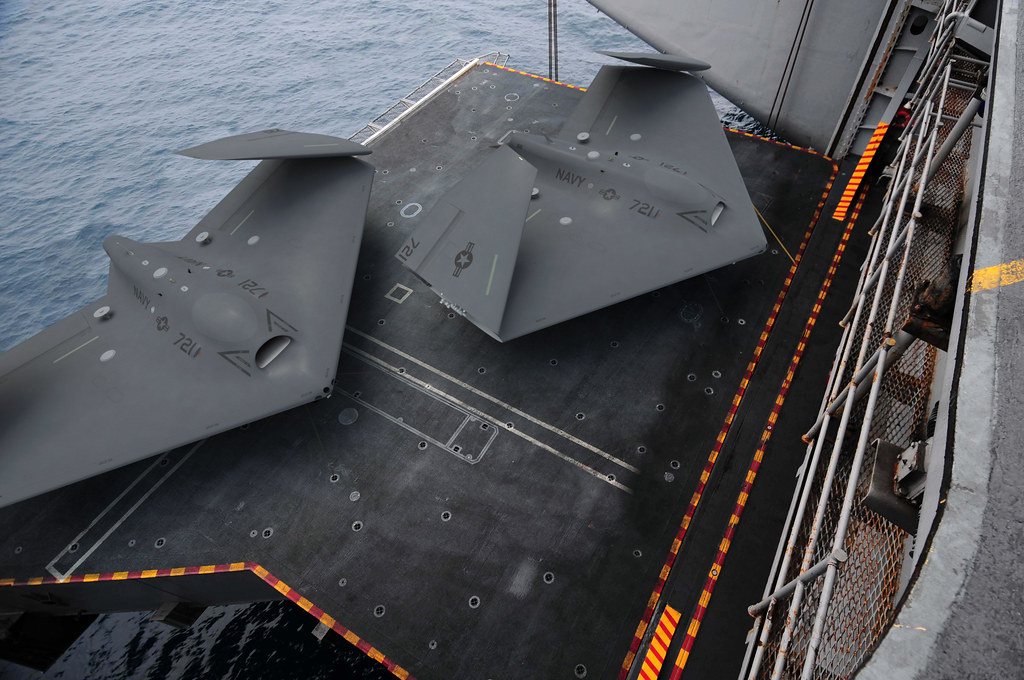
On June 4, 2021, the MQ-25 made history by conducting the first-ever air-to-air refueling operation with a manned U.S. Navy F/A-18F Super Hornet.
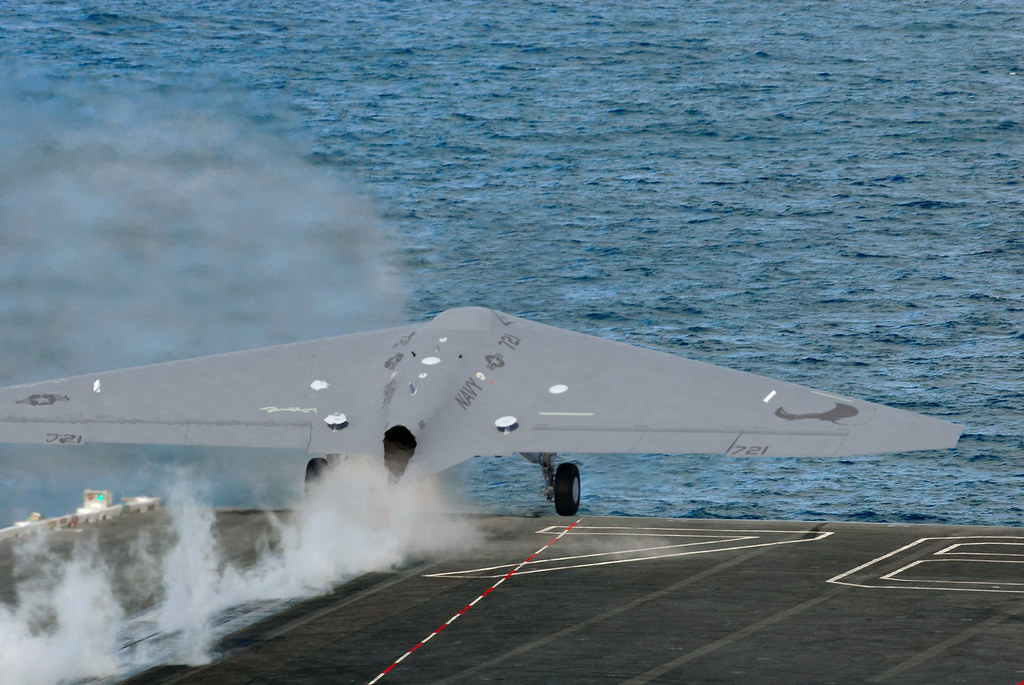
Looking ahead, the MQ-25 Stingray is set to take over the refueling role from the F/A-18 Super Hornets, which currently dedicate a significant portion of their flight time to such missions.
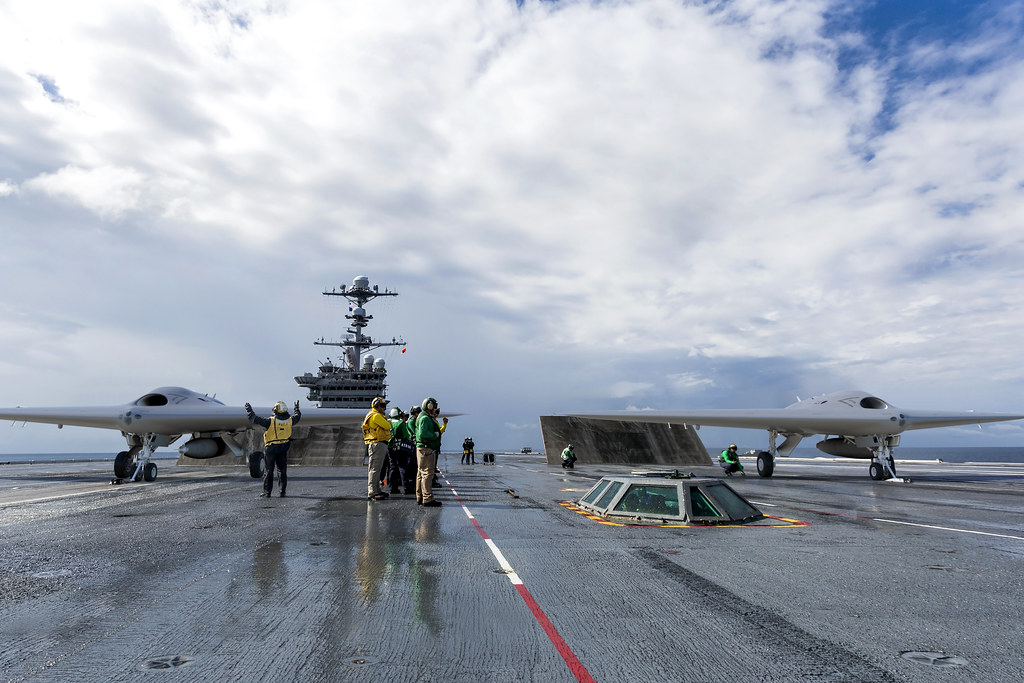
The introduction of this technology will preserve the service life of Super Hornets, allowing the Navy to deploy them more effectively in operational missions.
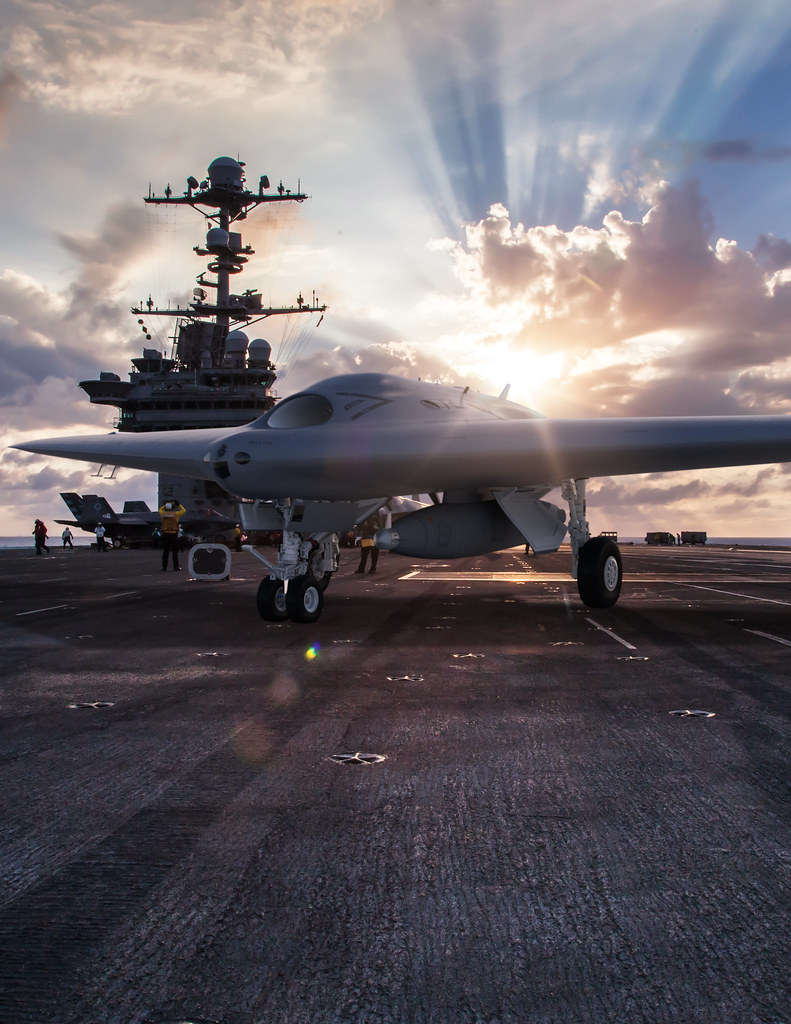
Despite some delays, with initial operational capability pushed from 2025 to late 2026, the Navy and Boeing remain committed to accelerating the deployment of these unmanned systems.
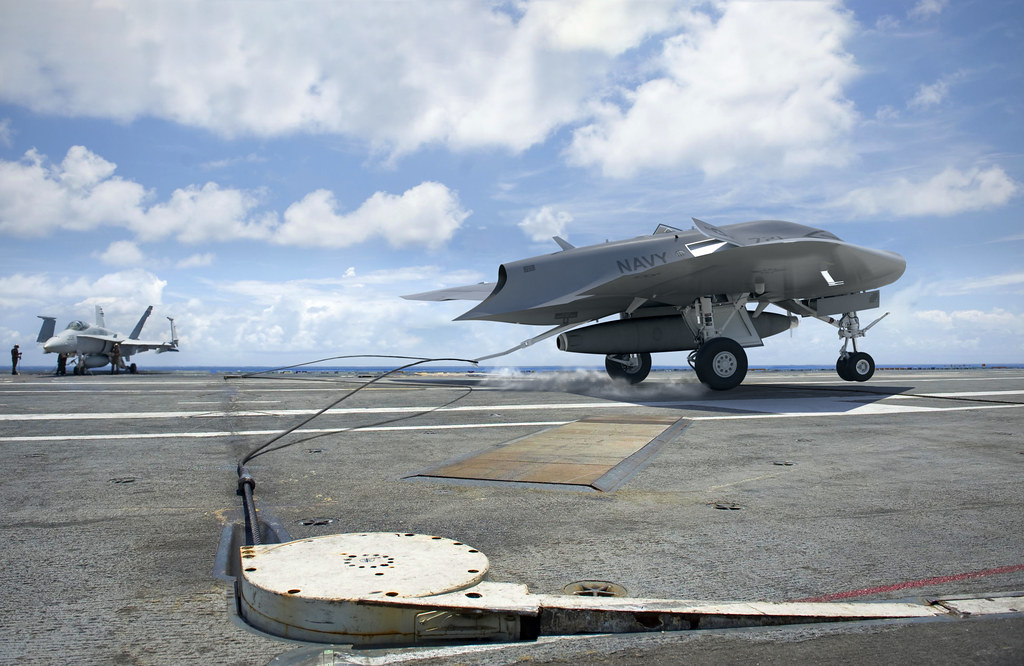
The investment by Boeing, including a new production facility at Mid-America Airport, reflects the priority given to advancing the MQ-25 program and overcoming post-COVID manufacturing challenges.

As the Navy explores the potential for future missions, such as intelligence, surveillance, reconnaissance, and joint all-domain operations, the MQ-25’s role within the carrier air wings is expected to expand.
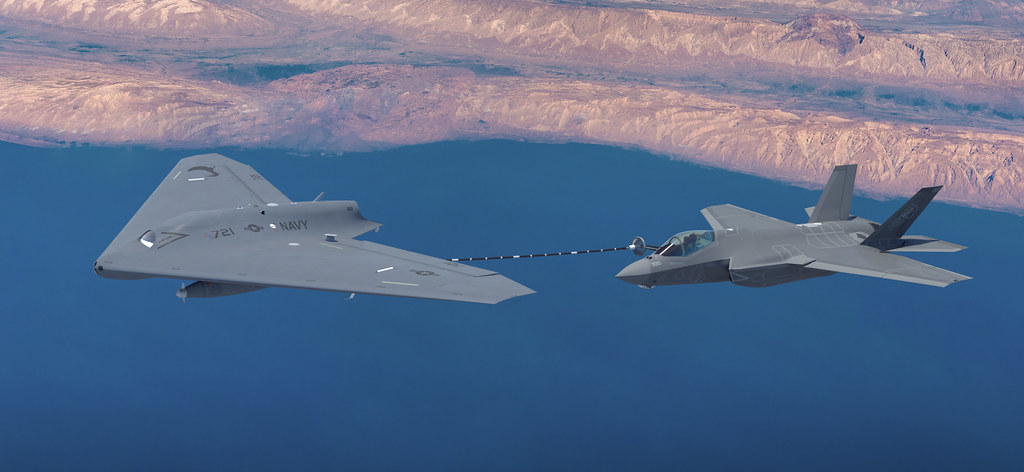
While exact details of future capabilities are still being determined, the integration of MUM-T and the introduction of the MQ-25 mark pivotal developments in naval operations, redefining the synergy between manned and unmanned aircraft and affirming Boeing’s commitment to advancing the effectiveness and flexibility of the U.S. Navy’s aerial arsenal.
